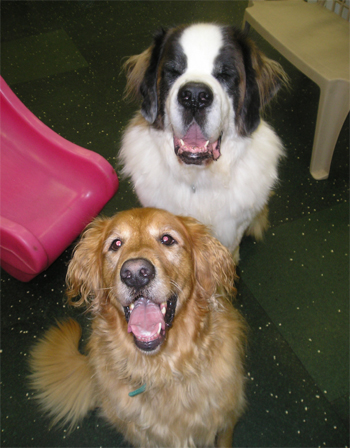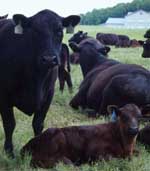|
Fertilization and
Pregnancy
After semen is ejaculated into the female
reproductive tract, spermatozoa are transported up to the oviducts
fairly rapidly mainly by the action of cilia and muscular
contractions in the female reproductive tract. The spermatozoa must
arrive at the oviduct before the ova do. They must undergo
capacitation in the oviduct to increase their ability to
fertilize ova.
Meeting of the ova with particular spermatozoa is
entirely by chance. Once the head of a spermatozoon enters the ovum,
others are blocked from entering. The nuclei of the spermatozoon and
ovum come together and the diploid chromosome number is restored. The
fertilized ovum is called a zygote.
The zygote begins a series of rapid cell divisions
called cleavage. The divisions take place so rapidly that by
the time the zygote is ready to implant in the lining of the uterus
in a few days, it has formed into a hollow ball of cells (the
blastocyst) not much larger than the original ovum.
As the implanted zygote develops, it forms a
placenta around itself that allows it to draw nutrition from
the lining of the uterus and send wastes back. The placenta is a
multilayered membranous sac that surrounds the developing fetus and
suspends it in fluid. The fetus is connected to the placenta by the
umbilical cord.

Early pregnancy in a cat.

Preserved pregnant bovine uterus showing placentomes.

Preserved calf fetus and uterus showing umbilical cord.
The gestation period is the period of pregnancy.
Its length is fairly consistent within a species.
 | 1st Trimester - Embryo |
 | 2nd Trimester - Fetal Development |
 | 3rd Trimester - Fetal Growth |
Parturition is the birth process. It consists of
three stages.
 | First stage - uterine contractions force the
membrane-covered fetus against the cervix, causing it to
dilate.
|
 | Second stage - the newborn is delivered.
|
 | Third stage - The placenta (afterbirth) is
delivered. |
Involution of the uterus - shrinkage of the uterus
after parturition back to its non-pregnant size. It helps control
post-birthing hemorrhage from sites where the placenta disattached.
| 




